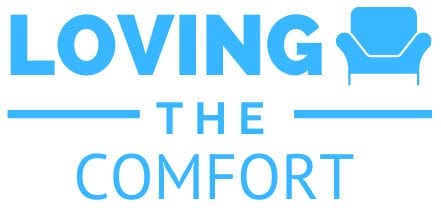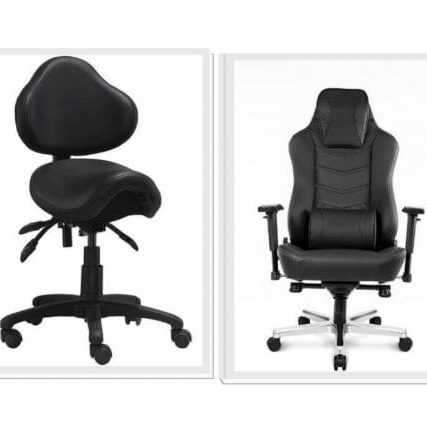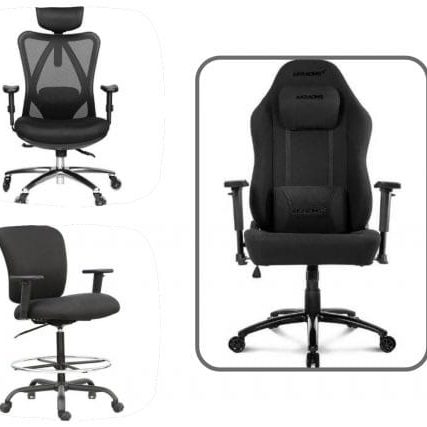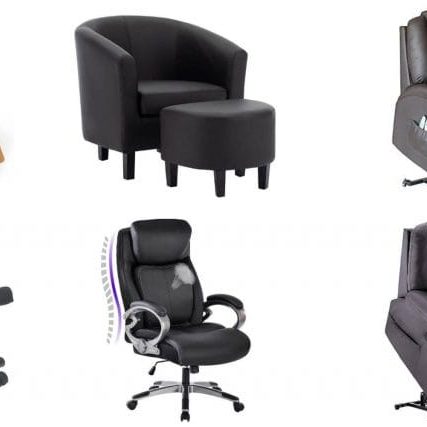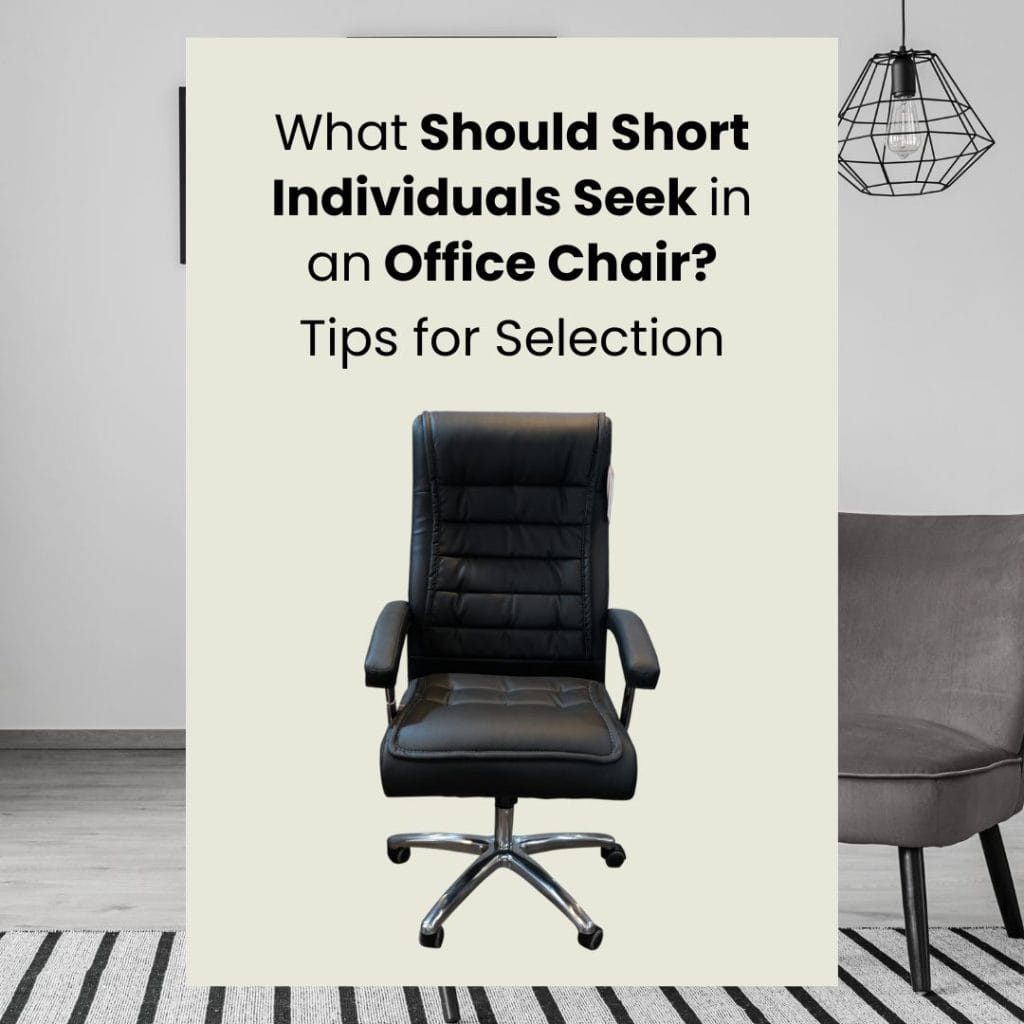Choosing the right office chair is crucial for everyone, but it becomes even more important for short individuals. The wrong chair can lead to discomfort, poor posture, and even chronic health issues over time. For short individuals, a poorly fitted chair can mean feet dangling off the ground, an awkward distance to the desk, or a lack of proper back support. All these factors can contribute to discomfort and decreased productivity. Therefore, making an informed decision when selecting an office chair is essential, considering aspects such as chair height, depth, and back support to ensure comfort and productivity during working hours.
Understanding Ergonomics
Ergonomics is the scientific study of people’s efficiency in their working environment. It involves designing or arranging workplaces, products, and systems to fit the people who use them. In office chairs, ergonomics is vital as it directly affects a person’s comfort, productivity, and overall health, particularly in preventing musculoskeletal disorders.
When selecting an office chair, the principles of ergonomics play a crucial role. It ensures the chair design aligns with the user’s physical needs, reducing strain and enhancing comfort. Features like adjustable height and depth, ample lumbar support, and ergonomic armrests make a significant difference. Therefore, understanding and applying ergonomics in chair selection can improve health and increase productivity.
Key Features To Look For
- Seat height adjustment: The seat height should be adjustable to fit the user’s leg length, ideally ranging from 16 to 21 inches. This feature allows short individuals to keep their feet flat on the ground, avoiding pressure on their thighs or feet.
- Seat depth adjustment: A 16-18 inches is ideal for short individuals. It allows them to sit comfortably with their back against the chair’s backrest without leaving a gap between the seat and their knees.
- Backrest support: The backrest should have ample support for the lower back, ideally with adjustable lumbar support. This feature ensures that short individuals maintain proper posture and avoid strain on their back muscles.
- Armrest adjustment: Adjustable armrests allow short individuals to keep their arms at a comfortable height, avoiding strain on their shoulders and neck. The ideal armrest height is slightly lower than the desk surface, allowing for proper placement of the elbows.
- Swivel and tilt function: A chair with a swivel and tilt function allows for easy movement and various sitting positions, reducing strain on the body. This feature is particularly useful for short individuals who must adjust their position frequently throughout the day.
Importance of Trying Before Buying
Trying a chair before purchasing is essential to ascertain its comfort and suitability to your body type. It provides firsthand experience of the chair’s features, like the adjustable height, depth, armrest, and back support. Moreover, it allows you to assess the ease of movement with the swivel and tilt function. This step is crucial to ensure that your investment in an office chair leads to improved comfort, posture, and productivity.
Conclusion
In conclusion, selecting a suitable office chair, especially for short individuals, involves careful consideration of several key features. The principles of ergonomics should guide this selection, focusing on adjustable seat height and depth, proper backrest support, adjustable armrests, and the chair’s swivel and tilt functions. Each feature contributes to optimal seating comfort, posture, and daily movements. Ensuring these individual needs are met, the chair can significantly enhance productivity by reducing discomfort and physical strain. Notably, the importance of ‘trying before buying’ cannot be overstated, as this ensures firsthand experience of the chair’s suitability to one’s body type. Ultimately, a well-fitted office chair directly impacts workplace efficiency and long-term health by mitigating the risk of chronic musculoskeletal disorders.
